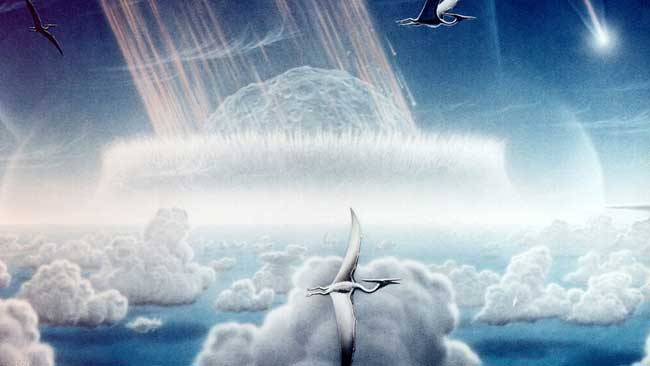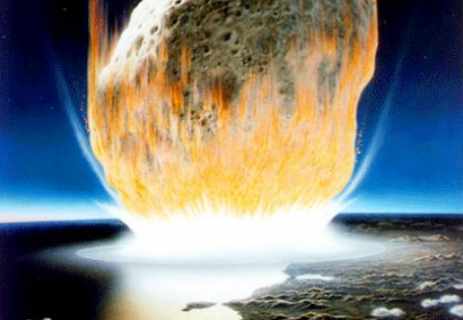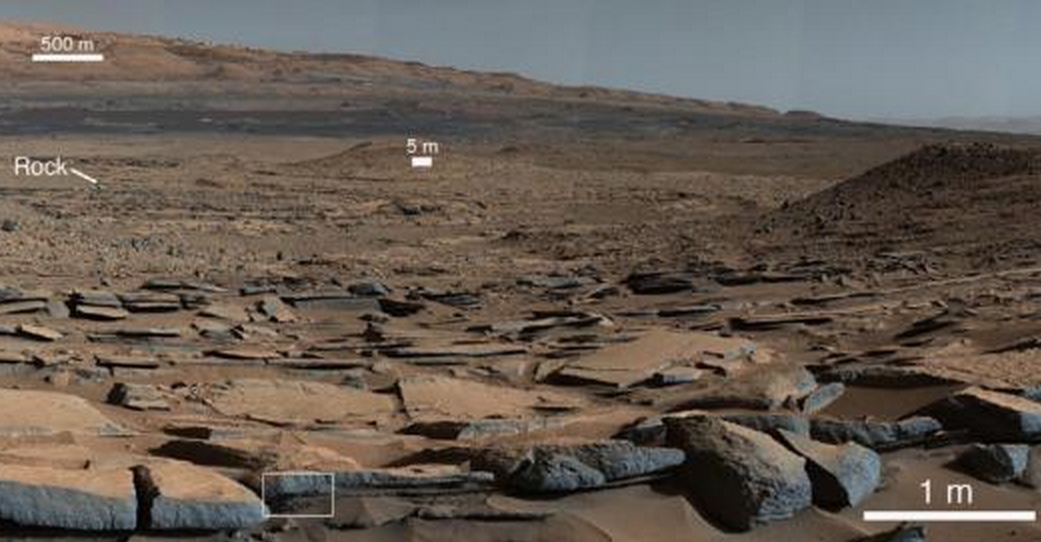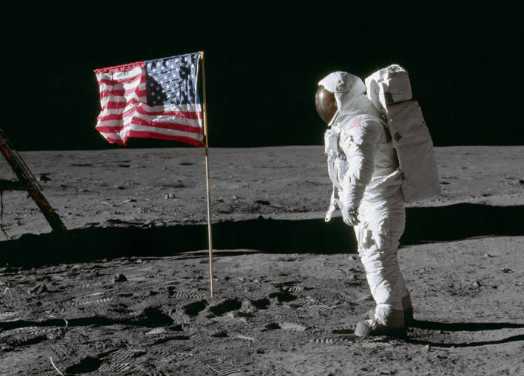
Around 65 million years ago, a massive asteroid crashed into the Gulf of Mexico. The impact and subsequent effects wiped out about 75 percent of all life on Earth, including most of the dinosaurs. Scientists studying the resulting Chicxulub crater are learning how large asteroid impacts deform rocks in a way that may produce habitat advantageous to early life forms.
In April and May 2016, an international team of scientists undertook an offshore expedition to drill into part of the crater’s rocky inner ridges, called the peak ring. By extracting core samples from about 1,700 to 4,400 feet below the modern-day sea floor, they hope to learn more about the ancient cataclysmic event.
Researchers, including Michael Whalen of the University of Alaska Fairbanks Geophysical Institute, have completed the first analyses of the core samples and found that the peak ring rocks were more porous and less dense than models had previously predicted. Their findings were published today in the journal Science.
Porous rocks provide small habitats for simple organisms to take hold. Nutrients would also be available in the pores from circulating water heated inside the Earth’s crust. Early Earth was constantly bombarded by asteroids, and the team has inferred that this bombardment must have also created other rocks with similar physical properties. This may partly explain how life was first established on Earth.[xyz-ihs snippet=”adsense-body-ad”]The paper published today also confirmed a model for how peak rings formed in the crater and how peak rings may be formed in craters on other planetary bodies.
Whalen is the head of the team that wrote the official scientific descriptions of the cores as they were being split in half and examined at the initial analysis site in Bremen, Germany.
Variations in those rocks can tell scientists about the physical processes that happened after the marine sediment settled following the impact 65 million years ago, Whalen said. After the coarser-grained material was deposited, dust settled out of the atmosphere into the ocean, eventually creating distinct fine layers of sedimentary rock.
“That’s going to be very important for documenting what was happening right as catastrophic impact-related processes were coming to an end,” Whalen said. Analysis of the cores and subsequent publication of results will extend for years.
The work published today confirms that the estimated 6-mile-wide asteroid hit the Earth’s surface with such force that rocks more than six miles beneath the surface moved further downward and then outward. The rocks eventually formed the peak ring in the center of the crater. In total, the massive ring of rocks moved almost 19 miles in a few minutes. The resulting crater is more than 110 miles in diameter and filled with impact-related and sedimentary rocks about three miles deep.
“It is hard to believe that the same forces that destroyed the dinosaurs may have also played a part, much earlier on in Earth’s history, in providing the first refuges for early life on the planet,” said Professor Joanna Morgan of the Imperial College London, lead author of the paper in Science. “We are hoping that further analyses of the core samples will provide more insights into how life can exist in these subterranean environments.”
The Chicxulub expedition science team is now planning to take additional detailed measurements from the recovered core samples. Ultimately, team members are looking for evidence of modern and ancient life in the peak-ring rocks. They also want to learn more about the first sediments that were deposited on top of the peak ring, which could tell the researchers if they were deposited by a giant tsunami, and provide them with insights into how and when life recovered and returned to this sterilized zone after the impact.
Source: Geophysical Institute
[xyz-ihs snippet=”Adsense-responsive”]







